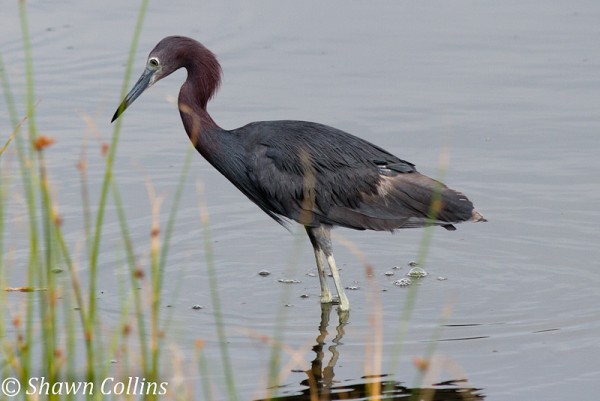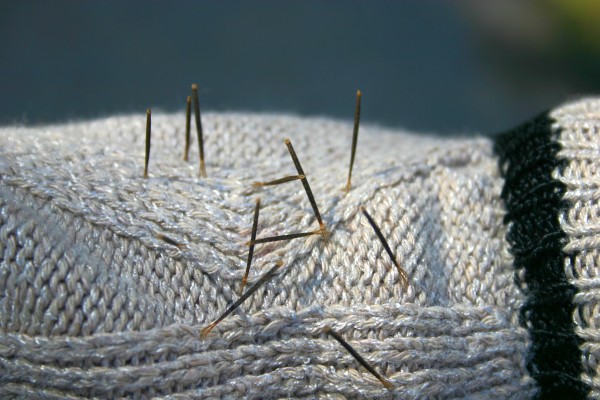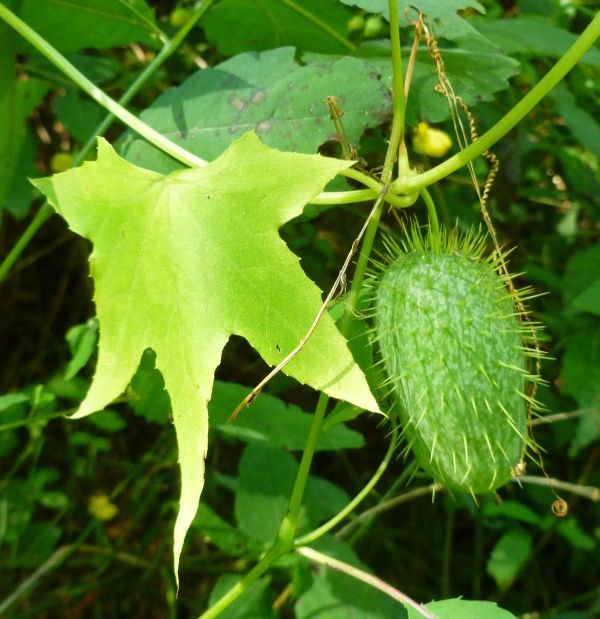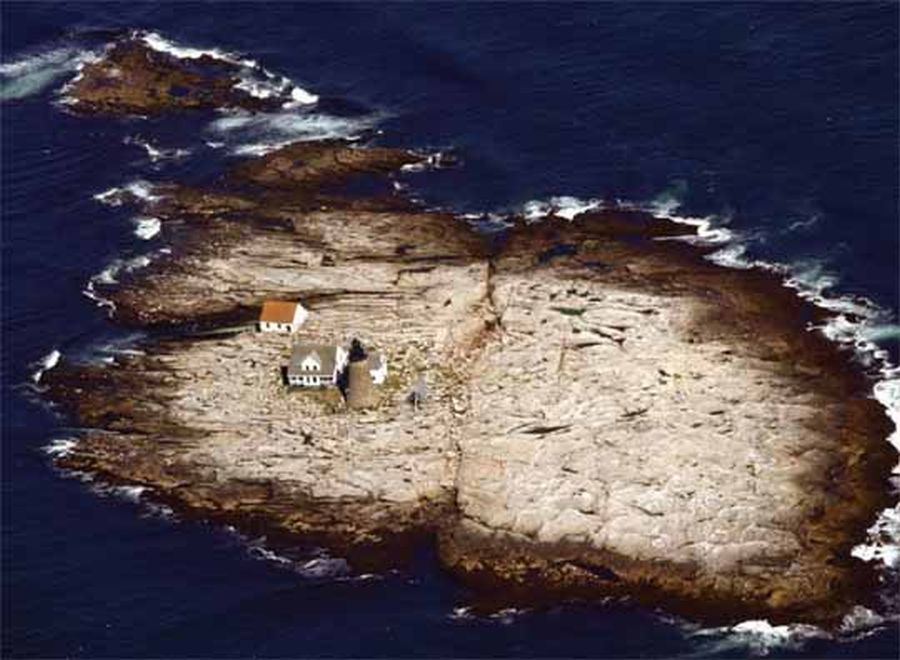
Just when you thought you’d mastered white wading birds, a wildcard shows up!
It’s the time of year for white little blue herons. I was reminded of this when I visited Scarborough Marsh last week and encountered great egrets, snowy egrets and little blue herons, all of which were white. Great and snowy egrets are always white, but little blues are blue … except when they’re young.
Little blue herons (Egretta caerulea) don’t breed in western Pennsylvania but juvenile birds disperse widely — they even fly north! — so it’s possible to find them outside their normal range in August and September. Because they’re very rare in Pittsburgh I was surprised to find three at Scarborough Marsh but I should have checked the range map. They breed in southern Maine.
With so many white wading birds how did I figure them out? Beaks and legs!
- Great egret: yellow beak, black legs. Large.
- Snowy egret: black beak with yellow face, black legs with yellow feet
- Cattle egret: yellow beak and dull yellow or dark legs. Small with short, chunky neck.
- Immature little blue heron: gray beak (tipped in black), yellow legs.
- Not in Maine and Pennsylvania: the white morph of the Reddish egret: pink-and-black beak and dark legs (see photo at end).
First row of photos: Great egret + Snowy egret.
Second row: Cattle egret + immature Little blue heron.


Only the snowy egret has a black beak. (Notice his fancy yellow feet).
The little blue is the only one with a gray beak(*), a hint that he’ll turn blue. We won’t see him do this in western Pennsylvania because the juveniles fly south before winter.
When he’s halfway blue he’ll look very motley and match the marsh, like this one Shawn found in Texas.

When he grows up you’ll never mistake him for an egret.

He’ll be a little blue. 😉
(all photos by Shawn Collins)
p.s. (*) Jim Valimont points out that along the southern, Gulf, Caribbean and Pacific coasts the white morph of the Reddish Egret adds to the confusion. Its beak resembles the immature little blue heron’s except that it’s two-tone pink and black. It’s not found in Maine and Pennsylvania.
p.p.s Steve Gosser contributed this photo of a white-morph reddish egret. Compare it to the first photo at top. Confusing? Yes! But his legs are black and he only visits saltwater.

























